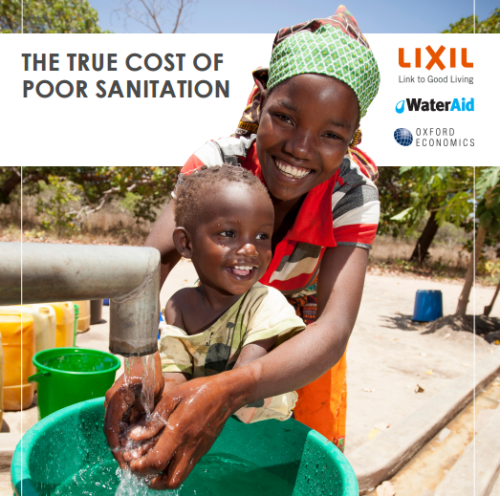Researchers propose diarrhoea risk reductions of 48, 17 and 36%, associated respectively, with handwashing with soap, improved water quality and excreta disposal as the estimates of effect for the Lives Saved Tool (LiST) model [1].
LiST is a new computer-based planning tool to help estimate the impact of scaling-up maternal, newborn and child health interventions. LiST was developed by a consortium of academic and international organizations, led by Institute of International Programs at the Johns Hopkins Bloomberg School.
Researchers led by Prof. Sandy Cairncross of the London School of Hygiene & Tropical Medicine, drew on three systematic reviews, two of them for the Cochrane Collaboration, to determine the estimated effect on diarrhoea mortality of the three interventions.
The striking effect of handwashing with soap (48% reduction) was found to be consistent across various study designs and pathogens, though it depended on access to water. The effect of (household) water treatment appeared similarly large, but was not found in few blinded studies, suggesting that it might be partly due to the placebo effect. The researchers found very little rigorous evidence for the health benefit of sanitation; four intervention studies were eventually identified, though they were all quasi-randomized, had morbidity as the outcome, and were in Chinese.
While most of the evidence was found to be of poor quality and more trials were required, the evidence was nonetheless strong enough to support the provision of water supply, sanitation and hygiene for all.
[1] Cairncross, S., Hunt, C., Boisson, S., Bostoen, K., Curtis, V., Fung, I.C. and Schmidt, W.P. (2010). Water, sanitation and hygiene for the prevention of diarrhoea. International journal of epidemiology ; vol. 39 (Suppl. 1) ; p. i193-i205. DOI:10.1093/ije/dyq035
The complete issue of the April 2010 supplement of the International journal of epidemiology is devoted to the development and use of the Lives Saved Tool (LiST). Other articles deal with rotavirus vaccine, zinc treatment for diarrhoea, antibiotics for dysentery, and oral rehydration solution. All articles are free to download.

